Kyoto is one of Japan’s most historic cities, known as a cultural center steeped in ancient traditions. As the former capital of Japan for over a thousand years, Kyoto is home to many historical sites, including magnificent temples, beautiful gardens, and a deep tea tradition. In this article, we’ll explore the many fascinating aspects of Kyoto as a captivating cultural city.
Iconic Temples in Kyoto
Kinkaku-ji (Golden Pavilion)
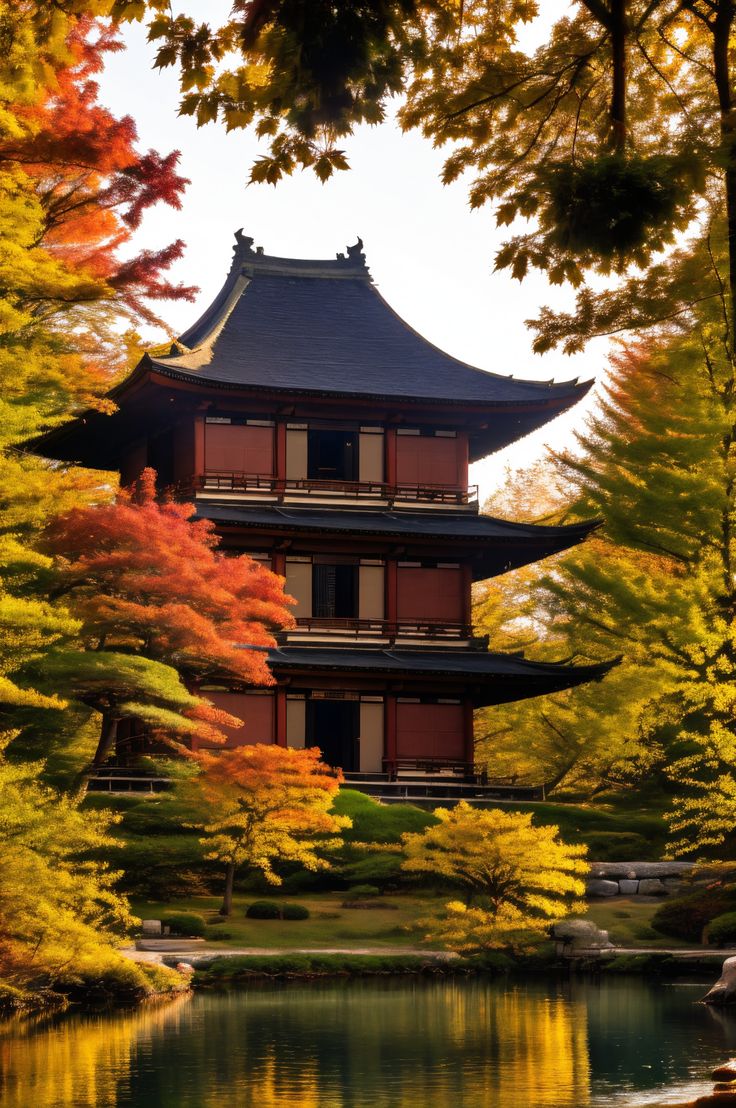
Kinkaku-ji is one of the most famous temples in the world. Known as the Golden Pavilion, the temple is covered in pure gold leaf that reflects the sunlight beautifully. Surrounded by a carefully designed garden, Kinkaku-ji offers spectacular views in every season, especially in autumn when the leaves change color.
Fushimi Inari Taisha
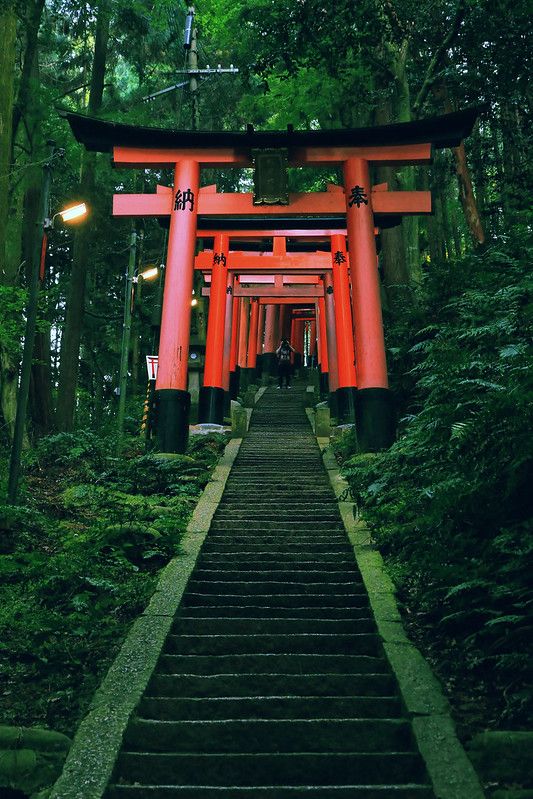
Fushimi Inari Taisha is a Shinto shrine famous for its thousands of red torii gates that line the path to the summit of Mount Inari. Each gate represents a donation from an individual or company to honor the god of agriculture. The trail offers a relaxing hiking experience and stunning natural scenery.
Kiyomizu-dera
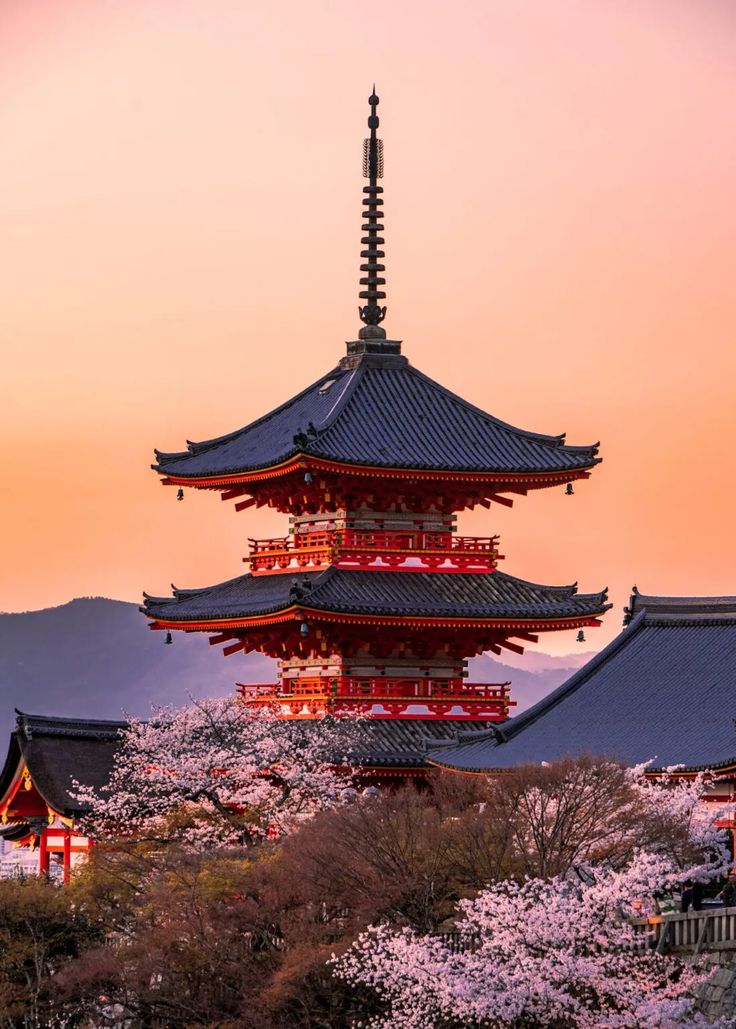
Kiyomizu-dera is a Buddhist temple located on a hill with a magnificent wooden terrace that provides views of Kyoto city. Known for its beautiful architecture and mystical atmosphere, the temple is especially popular during cherry blossom season when visitors can enjoy the beauty of cherry blossoms in full bloom.
Beautiful Gardens in Kyoto
Arashiyama Park

Arashiyama Park is famous for its enchanting bamboo forest. Visitors can stroll among the tall bamboo stalks while enjoying the fresh air. In addition, the area also has the iconic Togetsukyo Bridge and views of the Hozu River.
Nanzen-ji Garden

Nanzen-ji Garden is located within the Nanzen-ji temple complex and offers a peaceful setting with a fish pond and classic stone bridge. This park is an ideal place to relax while enjoying the beauty of nature.
Shosei-en Garden

Shosei-en Garden is a traditional garden located near Higashi Hongan-ji temple. With ponds and beautiful walking paths, this park is the perfect place to enjoy the tranquility and beauty of nature.
Traditional Japanese Tea Culture
History of Tea in Japan
Tea has been an important part of Japanese culture since it was introduced from China in the 9th century. Since then, tea has become an integral part of everyday Japanese life.
Tea Ceremony (Chanoyu)
The Japanese tea ceremony, or Chanoyu, is the ritual art of preparing powdered green tea (matcha). The ceremony involves elements of Zen aesthetics and philosophy, creating a meditative experience for the participants.
Famous Teahouses in Kyoto
In Kyoto, you can find many traditional teahouses offering an authentic tea drinking experience. Some famous places include Tsujiri for high-quality matcha and Ippodo Tea for a variety of green teas.
Cultural Festivals in Kyoto
Gion Festival

Gion Matsuri is Kyoto’s largest festival, held every July. It features a parade of large floats and other cultural events. The lively atmosphere makes it a major tourist attraction.
Hanami (Cherry Blossom Festival)
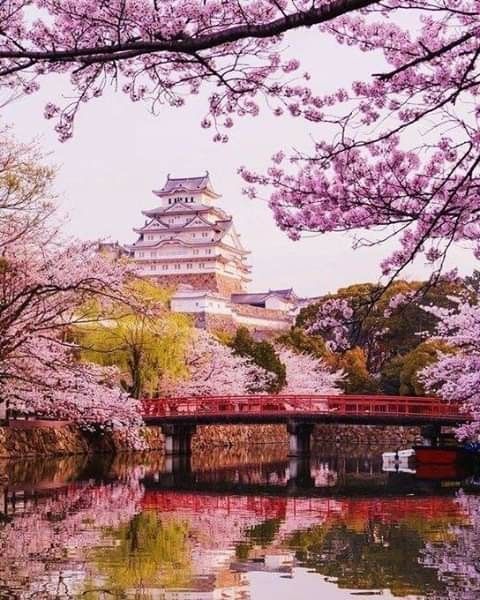
Hanami is the tradition of enjoying the beauty of cherry blossoms when they bloom in spring. Throughout the city, people gather under cherry blossom trees to picnic while enjoying the beauty of nature.
Momiji (Autumn Leaves Festival)

Momiji celebrates the beauty of colorful leaves in autumn. Many visitors come to temples and parks to enjoy the spectacular view as the leaves turn red and yellow.
Kyoto’s Culinary Specialties
Kaiseki Ryori
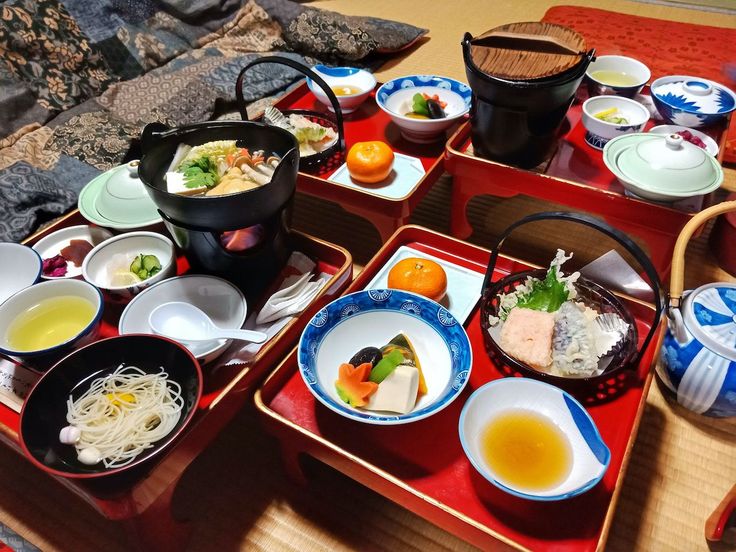
Kaiseki Ryori is a traditional Japanese cuisine consisting of several small courses artistically presented. This food illustrates the philosophy of balance between taste, color, and presentation.
Yudofu (Boiled Tofu)

Yudofu is a simple yet delicious dish made of boiled tofu in a light broth. It is very popular in temple areas for its simplicity and umami flavor.
Mochi and Wagashi

Mochi is a sticky rice cake that is often served in various shapes and flavors. Wagashi is a traditional Japanese sweet snack that is usually served with green tea in a tea ceremony.
Conclusion
Kyoto is a cultural city that offers a unique combination of ancient history and modern life. With its magnificent temples, beautiful gardens, and deep tea traditions, Kyoto is truly a must-visit destination for anyone looking to experience the beauty of Japanese culture.
FAQ (Frequently Asked Questions)
What is the best time to visit Kyoto?
Spring (March to May) for cherry blossom viewing or autumn (September to November) for colourful leaves.
Is there good public transport in Kyoto?
Yes, Kyoto has an excellent public transport system including buses and trains to explore the city.
What are some must-try Kyoto specialties?
Specialties include kaiseki ryori, yudofu, mochi and wagashi.
How do I get to Fushimi Inari Taisha?
Fushimi Inari Taisha can be reached by JR train from Kyoto Station in about 5 minutes.
Are there any recommended places to stay near the shrines?
Yes, there are many ryokan (traditional inns) as well as modern hotels near the shrine area for easy access for tourists.
With all its attractions, Kyoto remains one of the top destinations for both domestic and international tourists exploring the rich culture of Japan.
Citations:
[1] https://www.japan.travel/id/destinations/kansai/kyoto/
[2] https://www.tempo.co/hiburan/kota-paling-indah-di-asia-ada-di-jepang-15579
[3] https://id.wikipedia.org/wiki/Kyoto
[4] https://www.kyotominsai.co.jp/indonesia/kyoto/
[5] https://www.japan.travel/en/destinations/kansai/kyoto/central-kyoto/
[6] https://www.jal.co.jp/id/id/guide-to-japan/destinations/articles/kyoto/5-must-see-temples-in-ancient-capital.html

